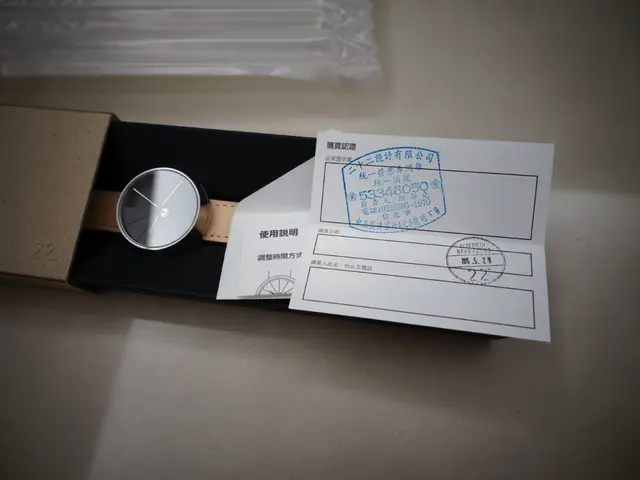Manipulating Magnetism for Electron Stream Regulation
In a fascinating twist, a group of scientists from Tohoku, Osaka, and Manchester Universities have discovered a thrilling phenomenon in the chiral helimagnet α-EuP: they've managed to induce one-way electron flow without even needing diodes! Their groundbreaking findings have been published in the Proceedings of the National Academy of Sciences.
The gist is that they've somehow coaxed europium atoms into forming a magnetic spiral with a twist, leading to rectification – a current that's all about choosing a direction. Imagine adding a one-way street to your circuit, but this time, it's all about magnetic chirality rather than semiconductors. When the material flip-flops into an achiral (ferromagnetic) state, the one-way effect quietly disappears. No more asymmetry, no more directional preferences. They've essentially played traffic cop with an external magnetic field. This nifty control over band asymmetry could pave the way for low-power, high-speed data storage based on magnetic chirality.
Curious about the ties to quantum theory? Well, chiral electron flow can be traced back to the early days of quantum electrodynamics – a time when physicists were just starting to unravel the mysteries of how particles and fields interact on the quantum level.
Interested in gaining a deeper understanding? We've got you covered. Check out our article and let us know what you think!
In the realm of chemistry, chirality has been touched upon by us in the past. However, this study explores a far more promising avenue – as it could eventually lead to the advent of next-generation spintronic devices. For those unfamiliar with the term, spintronics is a fancy schmancy way of describing electronic devices that manipulate the spin of electrons rather than their charge.
Seeing as how chiral helimagnets can support topological spin textures, they're a hot commodity in the race for developing next-generation spintronic devices. One possible application is in the development of low-power, high-speed data storage. By leveraging the unique magnetic textures and spin currents, scientists hope to create spintronic devices with enhanced efficiency for data storage and processing. Another exciting potential application is in the development of memory technologies that are both energy-efficient and lightning-fast. Last but not least, there's the tantalizing prospect of building future computing architectures that rely on spin-based logic and memory, powered by chiral helimagnets. These breakthroughs demonstrate just how far we've come in harnessing the properties of chiral helimagnets to push the boundaries of technology.
The scientists' breakthrough in coaxing one-way electron flow in chiral helimagnets with the help of data-and-cloud-computing technologies could pave the way for low-power, high-speed data storage and modern spintronic devices that leverage the spin of electrons, infusing a technological revolution within science. In the future, this advancement could lead to lightning-fast memory technologies and novel computing architectures powered by chiral helimagnets, blurring the lines between theoretical quantum physics and real-world technology.




